Idea by
George Themistokleous
www.machiningvision.org
http://www.machiningvision.org
Call for ideas 2018
Spectral Immersions
Spectral Immersions
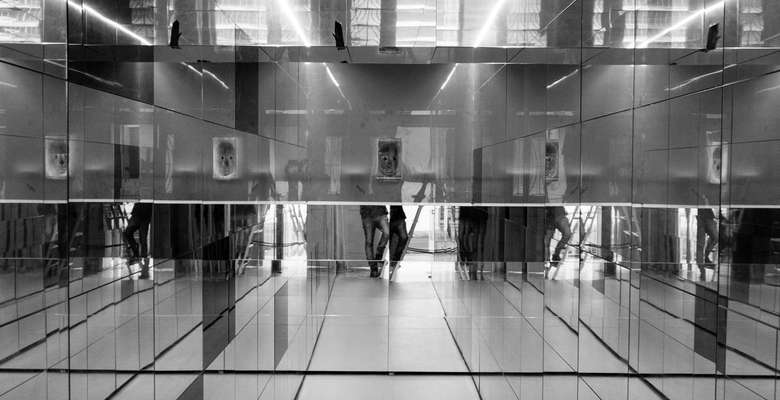
According to Robin Evans the architectural drawing comes before the building. This position assumes that the represented object can be defined via conventions based on Euclidean geometry; drawing conventions thus impose limits in terms of spatial thinking. The predominance of conventional drawing media (e.g orthographic projection) become insufficient to in terms of capturing the changing relation between informational processes and the perceiving body. Thus it is critical for architecture to consider the space occupied by new media technologies and their entwinement with the body. The limitations of representation are here explored via an experimental media installation, where the participant unexpectedly views live feeds of himself moving in space. These stereoscopic views produce a three-dimensional manipulated image to the viewer. An assemblage of various technologies re-create a virtual environment of multiple possibilities that manifests an (im)possibility of its representation.
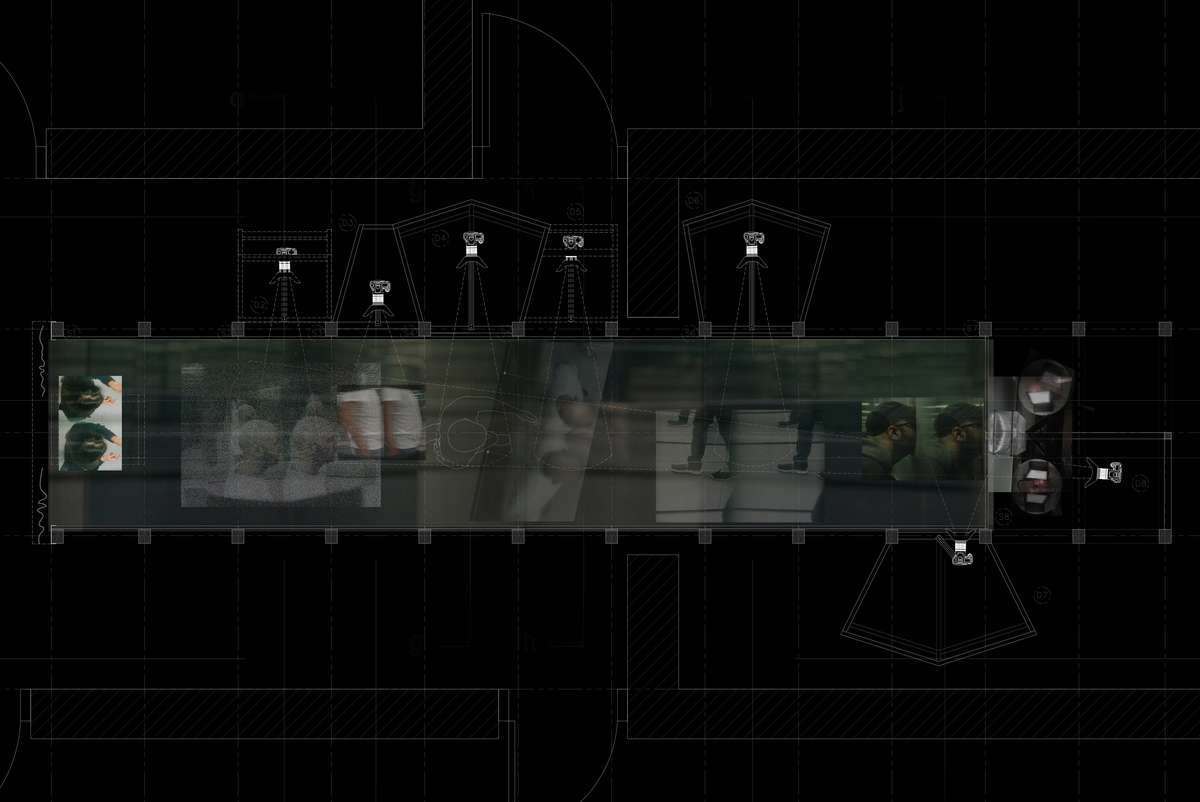
Mirrored corridor - composite drawing plan and photographic collage
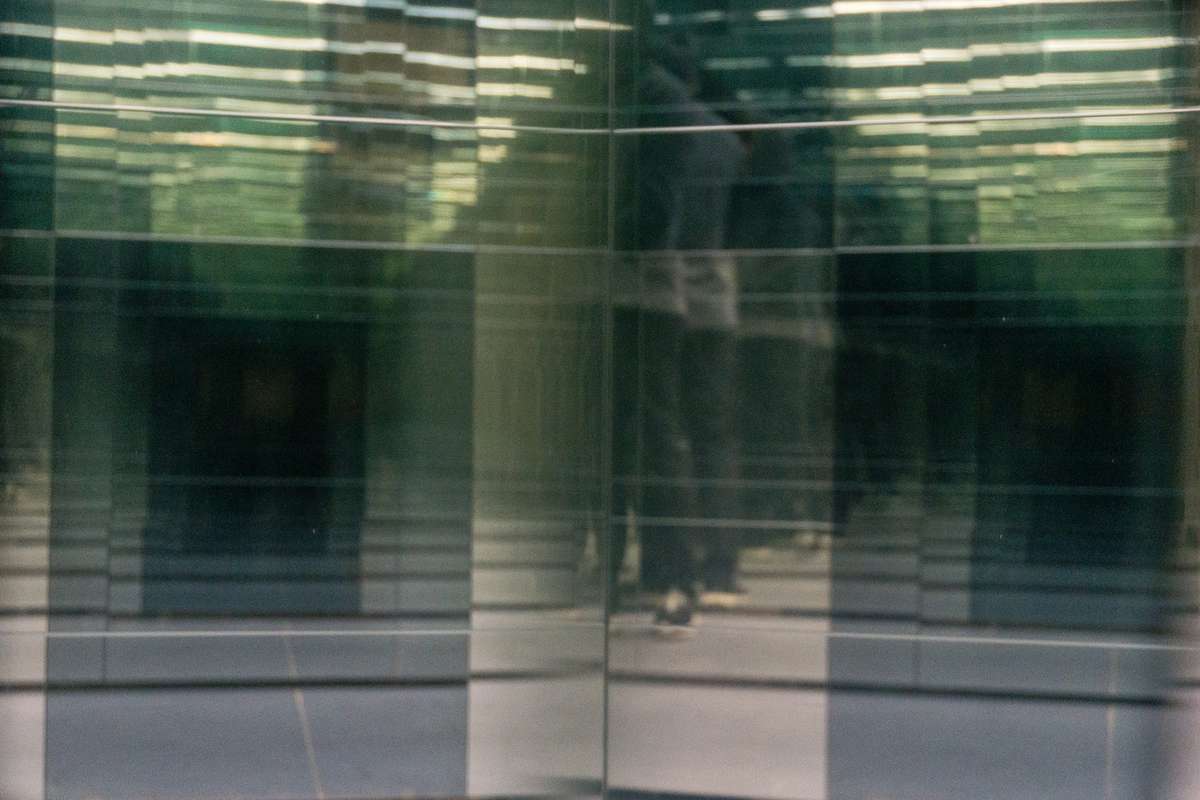
A combination of one and two way mirrors as the threshold for the autoscopic machine

Machine for seeing, stereoscopically configuring the captured images in real time

peeping through the cavity inside the screened wall

View of screen wall, with partly projected image
Spectral Immersions
Spectral Immersions

According to Robin Evans the architectural drawing comes before the building. This position assumes that the represented object can be defined via conventions based on Euclidean geometry; drawing conventions thus impose limits in terms of spatial thinking. The predominance of conventional drawing media (e.g orthographic projection) become insufficient to in terms of capturing the changing relation between informational processes and the perceiving body. Thus it is critical for architecture to consider the space occupied by new media technologies and their entwinement with the body. The limitations of representation are here explored via an experimental media installation, where the participant unexpectedly views live feeds of himself moving in space. These stereoscopic views produce a three-dimensional manipulated image to the viewer. An assemblage of various technologies re-create a virtual environment of multiple possibilities that manifests an (im)possibility of its representation.
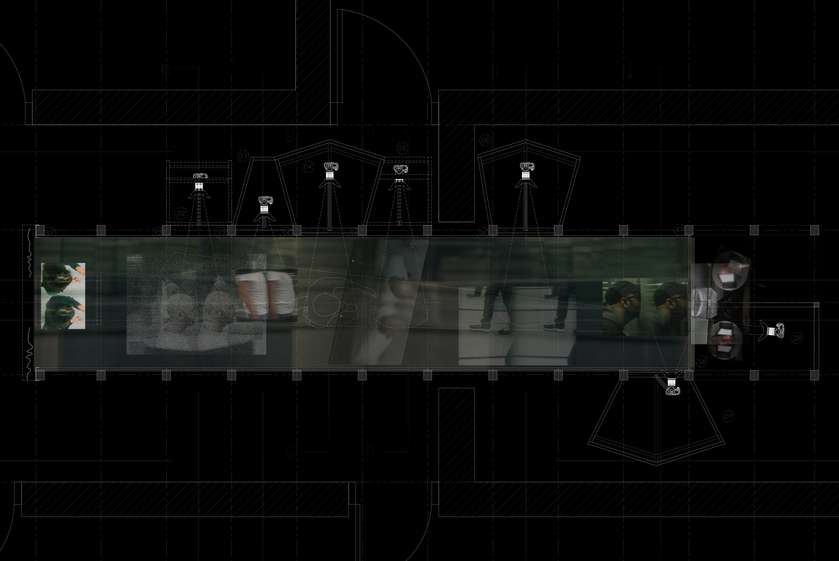
Mirrored corridor - composite drawing plan and photographic collage
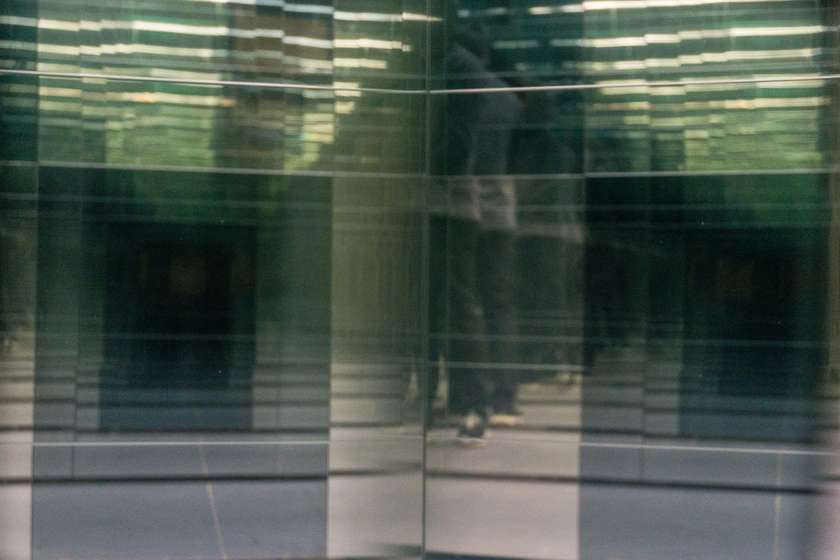
A combination of one and two way mirrors as the threshold for the autoscopic machine
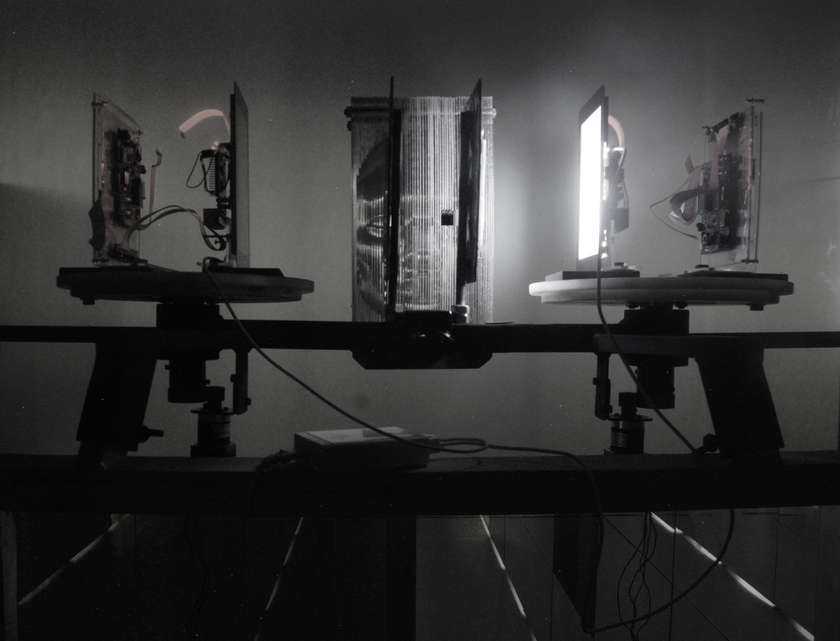
Machine for seeing, stereoscopically configuring the captured images in real time

peeping through the cavity inside the screened wall
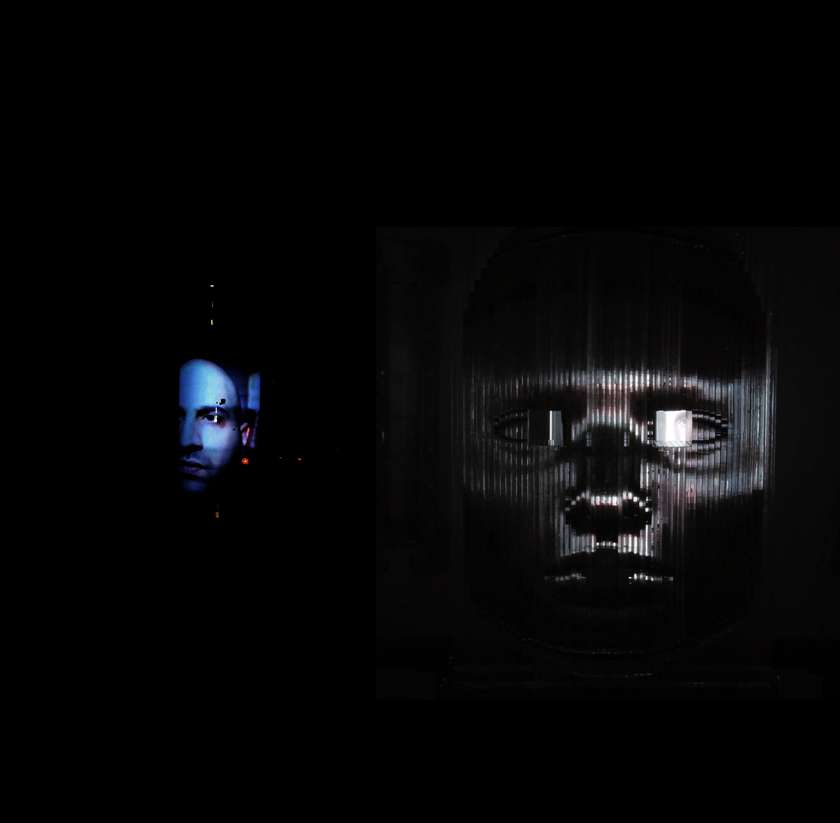
View of screen wall, with partly projected image